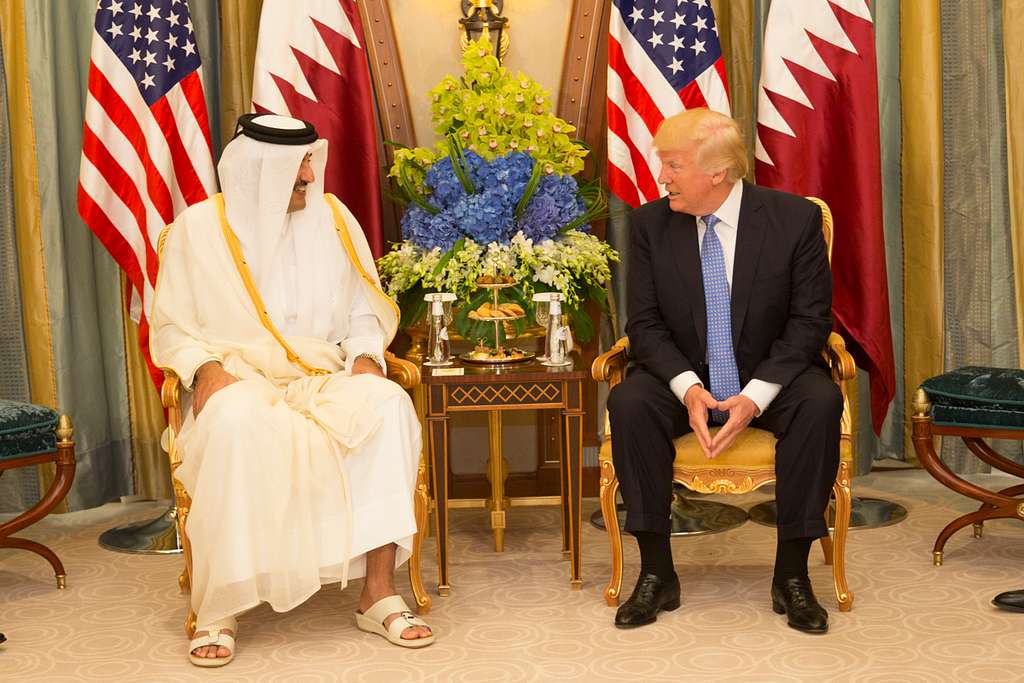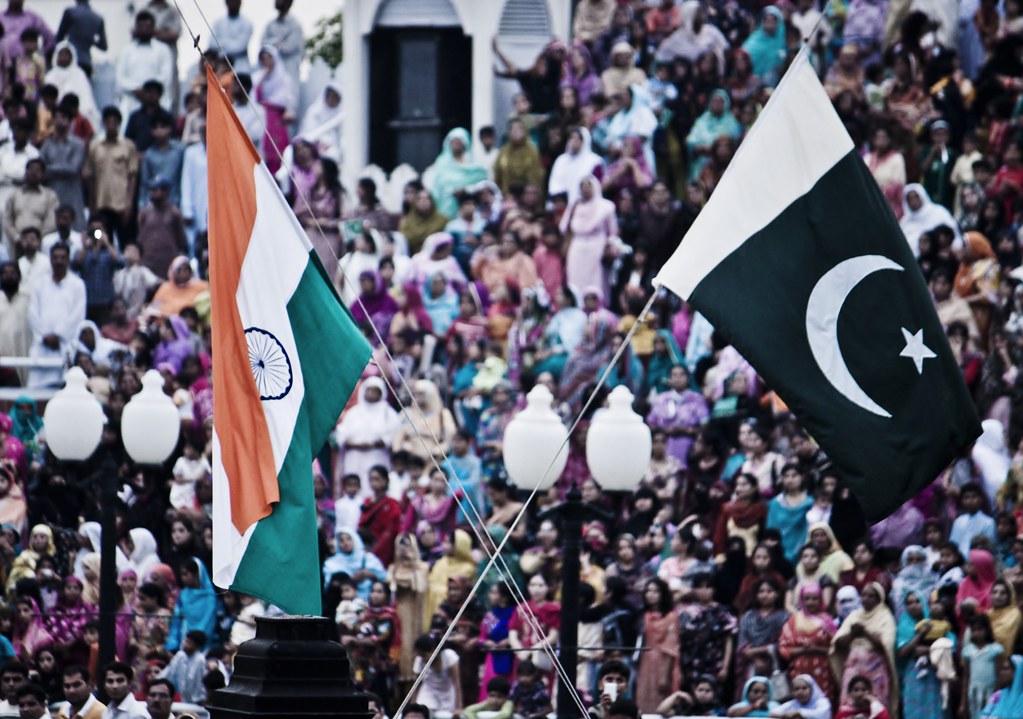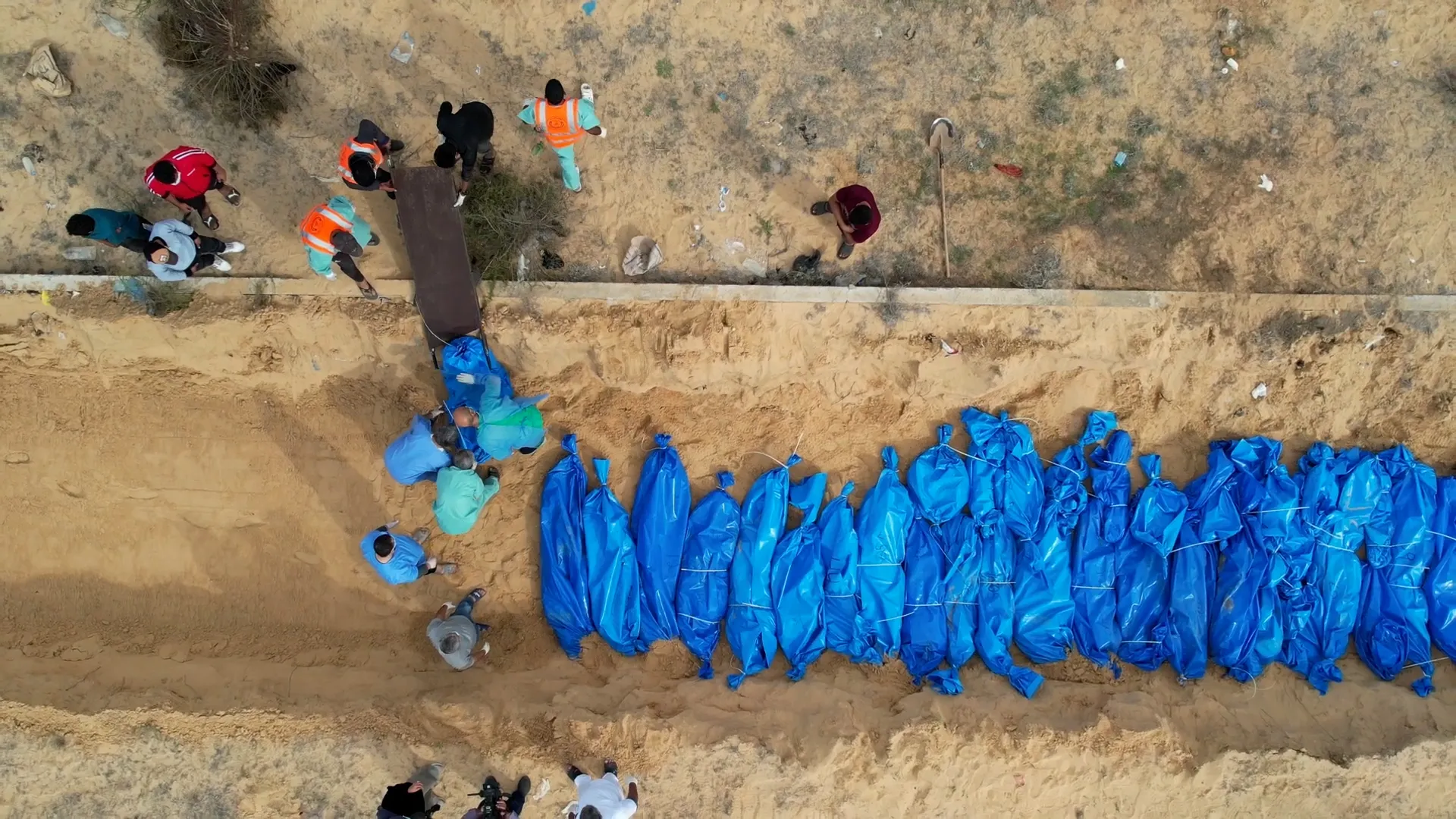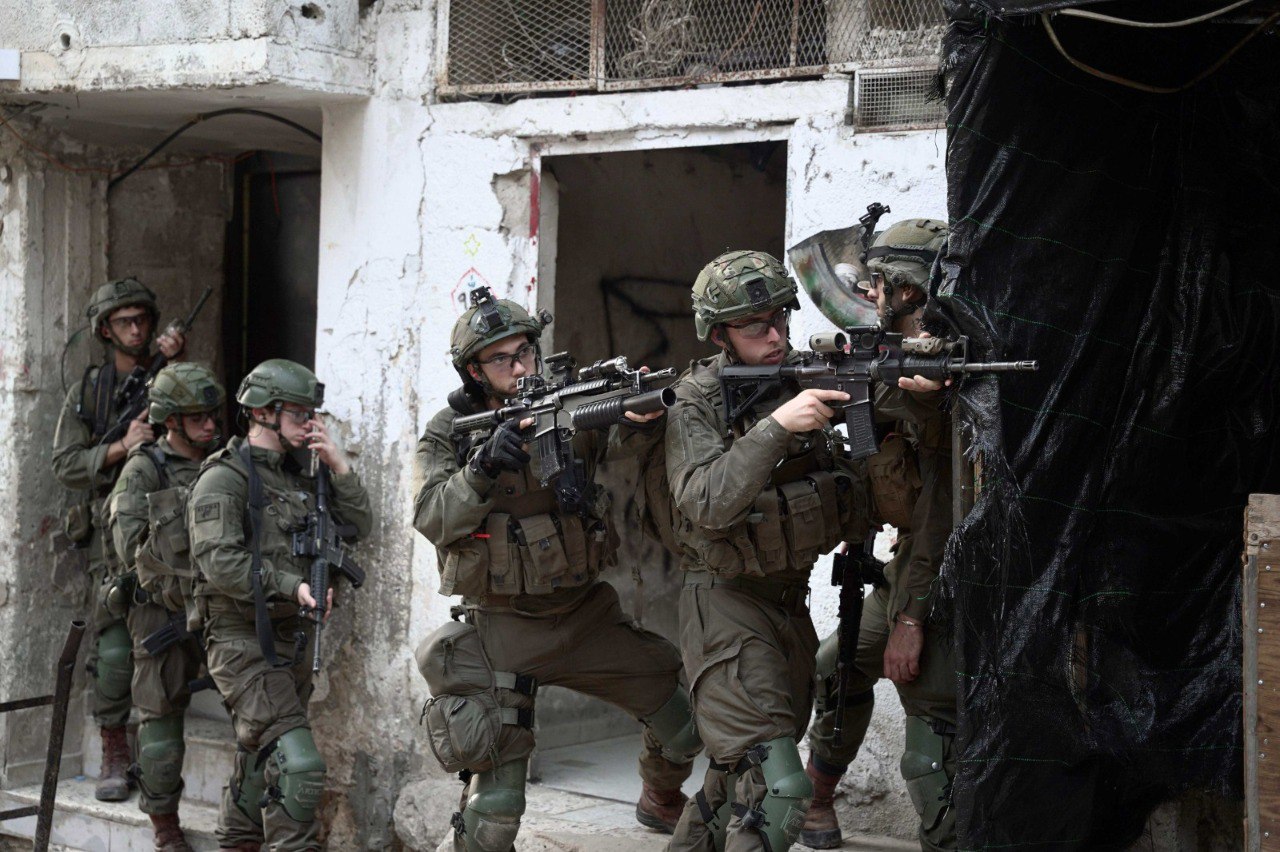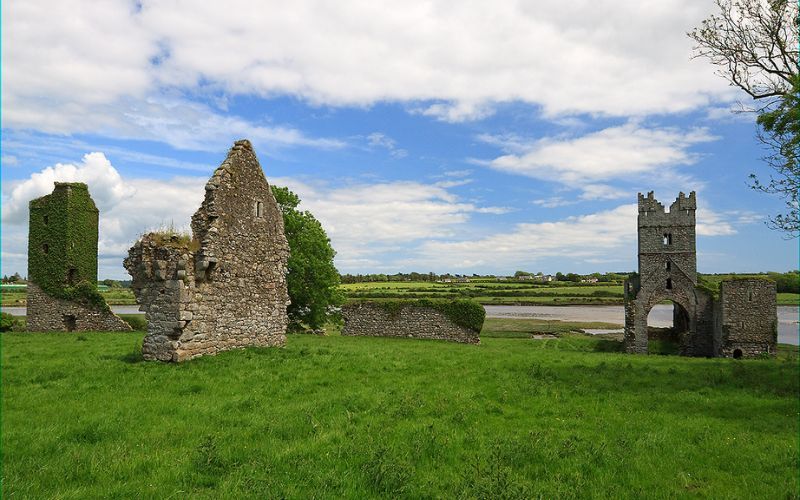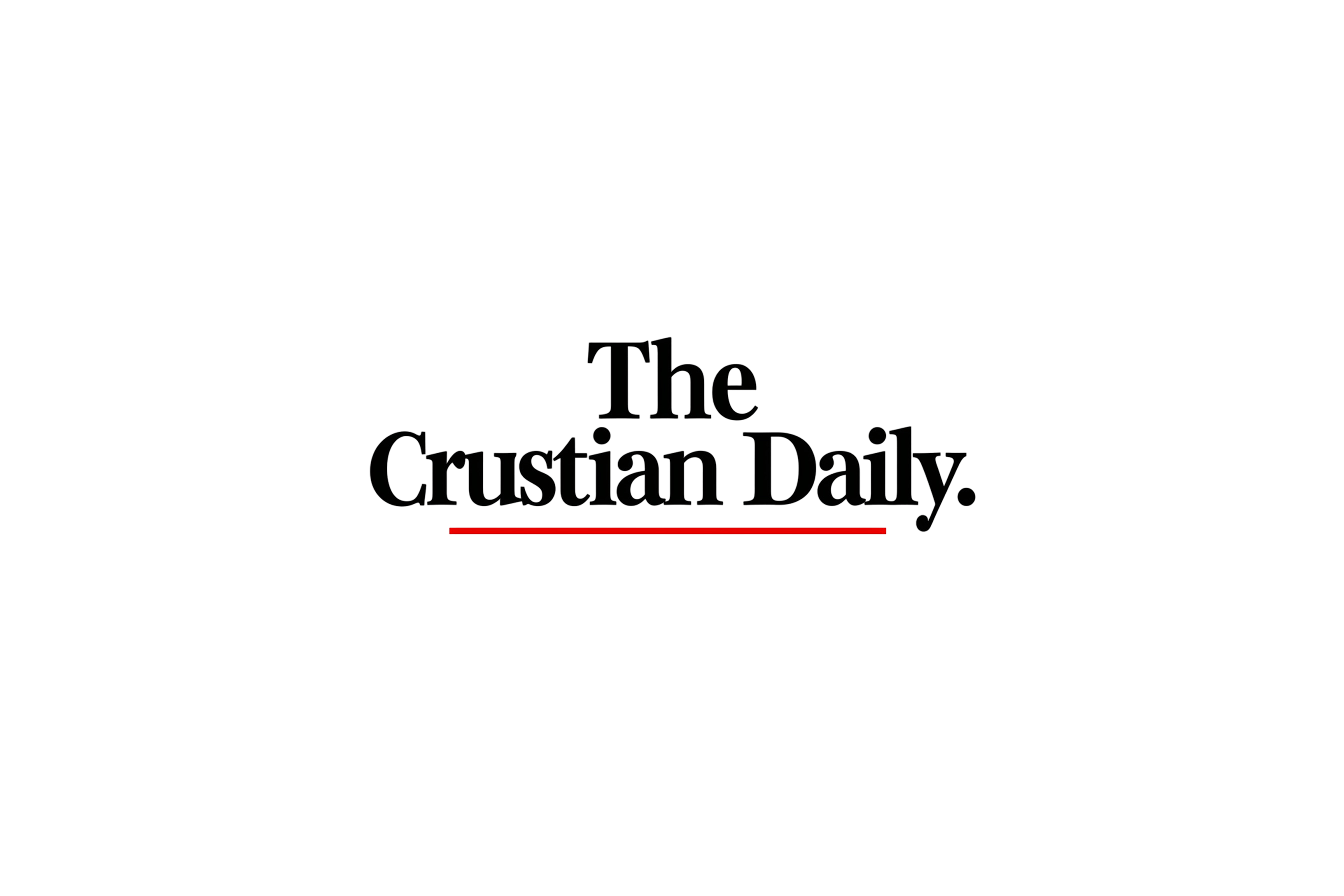The phrase “Greater Israel” evokes different reactions depending on who hears it. To many on the Israeli far-right, it’s a vision of biblical redemption—a modern state reasserting ancient borders, one settlement at a time. To Palestinians, it’s the slow erasure of their homeland. And to legal experts and international observers, it’s a dangerous fantasy whose pursuit has translated into decades of occupation, apartheid, and what increasingly fits the definition of ethnic cleansing.
This is the story of a project—decades in the making—that has transformed state policy, driven the rise of militant settler movements, and pushed Israel into a legal and moral crisis. From the Nakba to Netanyahu, from the Golan Heights to Masafer Yatta, it is the story of how land is seized, populations displaced, and silence enforced. It is the story of Greater Israel—and the lives erased to make it possible.
From Partition to Expansion: A History of Unfinished Maps
The idea of Greater Israel is not new. Zionist leaders as early as 1919 proposed borders that far exceeded the UN’s 1947 partition plan. These visions included southern Lebanon, the Golan Heights, and territory stretching to the Jordan River and beyond. For some, these were spiritual claims. For others, strategic. But the outcome was always the same: expansion at the expense of the Arab population.
In 1948, Israel expanded beyond its UN-sanctioned borders during the Arab-Israeli War, capturing 78% of historical Palestine and displacing over 750,000 Palestinians. Hundreds of villages were destroyed or depopulated. The act of founding Israel became inseparable from the act of erasing Palestine. This was not a tragedy of war—it was policy. And it set a precedent that expansion could be framed as security, even as entire communities vanished.
Then came 1967, when Israel successfully repelled an attack from it’s neighbors, reversing the tide of the conflict to take land in return. In six days, Israel seized the West Bank, Gaza, East Jerusalem, the Golan Heights, and the Sinai Peninsula. For the Greater Israel movement, it was vindication. The “biblical heartland” was under Jewish control again. The occupation was supposed to be temporary, pending peace talks. But by the 1970s, settlements had begun dotting the West Bank, often led by ideological groups like Gush Emunim. The state didn’t just look away—it built the roads.
The Settler Engine
Today, over 700,000 Israeli settlers live in the West Bank and East Jerusalem. Many are driven by religious nationalism, others by economic incentives. All are part of a system that has made Palestinian displacement a permanent feature of life in the occupied territories. Outposts built without permits are legalized retroactively. Land is confiscated “for security.” Olive groves are burned. Families are evicted based on pre-1948 Jewish property claims. The Palestinians evicted from those homes are given no such right of return.
The Israeli military plays its part. Checkpoints, demolitions, night raids, and administrative detention enforce a regime of fear and instability. Settler violence—once condemned as fringe—is now often state-sanctioned or escorted by soldiers. The dual legal system—Israeli civil law for settlers, martial law for Palestinians—codifies apartheid in daily life.
Following the October 2023 uprising, this violence intensified. Entire Palestinian communities in the West Bank were emptied through coordinated attacks by settler militias and the army. The UN reported over 40,000 displaced by early 2025. A campaign of ethnic cleansing was underway, covered by the dust of war in Gaza.
Netanyahu’s Long Game
No Israeli politician has done more to normalize the Greater Israel agenda than Benjamin Netanyahu. His decades in power have seen a strategic shift: from rhetorical support for a two-state solution to a de facto one-state reality with permanent occupation. Under his leadership, annexation moved from the margins to the mainstream.
In coalition with far-right ministers like Bezalel Smotrich and Itamar Ben-Gvir, Netanyahu’s government transferred key powers over the West Bank from the military to civilian hands—effectively annexing large parts of the territory. Settlements expanded. Outposts were legalized. East Jerusalem became a crucible for demographic engineering.
In 2020, the Trump administration gave Netanyahu a green light with the so-called “Peace to Prosperity” plan, which allowed for formal annexation of 30% of the West Bank. The move was only paused under pressure from the UAE’s normalization deal. But it was never abandoned. In Netanyahu’s words, the plan remains “on the table.”
Ethnic Cleansing by Any Other Name
International law is unambiguous: settlements in occupied territory are illegal. Forcible transfer of populations is a war crime. And yet, the machinery of Israeli expansion continues. The Geneva Conventions, UN resolutions, and the Rome Statute all offer frameworks that Israel routinely violates—with impunity.
The term “ethnic cleansing” is controversial, but it fits. From Sheikh Jarrah evictions to the razing of Masafer Yatta, the pattern is clear: remove Palestinians, repurpose the land, and rewrite the narrative. As former Israeli Defense Minister Moshe Ya’alon warned in 2024, Israel is already “cleansing.” When a state builds policy on the displacement of an ethnic group, when it creates legal and physical frameworks to erase their presence, there’s no other word that fits.
A Global Silence
Why does it continue? Because the world lets it. The U.S. shields Israel at the UN. Europe condemns but trades. Arab states normalize. And the ICC’s investigations stall under political pressure. Meanwhile, Palestinian voices are silenced, fragmented, or labeled as threats.
The 2023 war in Gaza shocked the world, but it also distracted it. While attention focused on ceasefires and hostages, the West Bank burned. Settlers surged. Homes were razed. Water was cut. Aid was blocked. It was, as one Ramallah activist said, “a bait and switch.”
Conclusion: A Map Drawn in Blood
Greater Israel is not a map on a wall—it’s a policy on the ground. It lives in the concrete walls of the separation barrier, in the rubble of demolished villages, and in the silence of those who watch and say nothing. It is built not only with bulldozers and guns, but with laws, narratives, and diplomacy.
Whether it succeeds is no longer a question of maps—it is a question of will. The will of the Israeli government to continue. The will of the international community to intervene. And the will of the Palestinian people to endure.
Until that will is tested, the project of Greater Israel will continue. And the cleansing will go on.
Author
Discover more from The Crustian Daily
Subscribe to get the latest posts sent to your email.


